80 Years Strong: Missner Group CEO Reflects, Looks Ahead
Now in its third generation as a family business, the developer continues to leave its mark on Chicago’s industrial evolution.
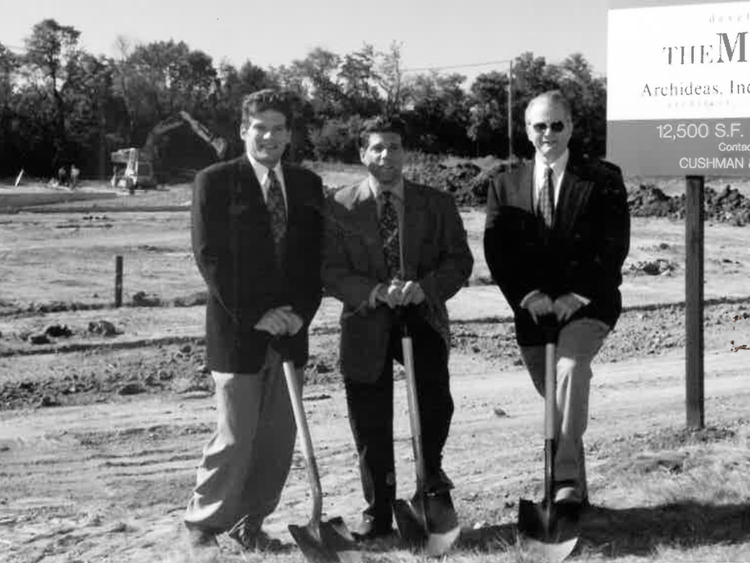
Since 1945, The Missner Group has seen trends come and go—but its focus on strengthening relationships, maintaining discipline and serving the Chicagoland area has remained constant.
Over the past eight decades, the developer has completed close to $3 billion in construction projects and more than 20 million square feet, leaving a lasting impact on the Illinois communities it serves.
Founded by Irving Missner, The Missner Group is now led by his grandsons—Barry and Glen—who continue to expand its presence across the Midwest while staying true to its construction roots.
We sat down with CEO Barry Missner to talk about the firm’s journey so far and how his company is navigating today’s industrial development landscape while staying grounded in its legacy.
READ ALSO: Emerging Industrial Markets
What do you think were the key decisions and values that helped you as a company stay relevant throughout the past 80 years?
Missner: Our longevity really comes down to relationships—both internally with our team and externally with brokers, municipalities and partners. We’ve built a reputation over time by showing up, doing the work and standing behind what we say. We’ve also stayed committed to the Chicago market. We know this city and the surrounding area, and we’ve never felt the need to chase deals across the country. That focus has kept us relevant and positioned us to deliver value through multiple real estate cycles.
Speaking of cycles, how has your industrial development approach evolved throughout the years—especially in how you assess site potential and end-user needs?
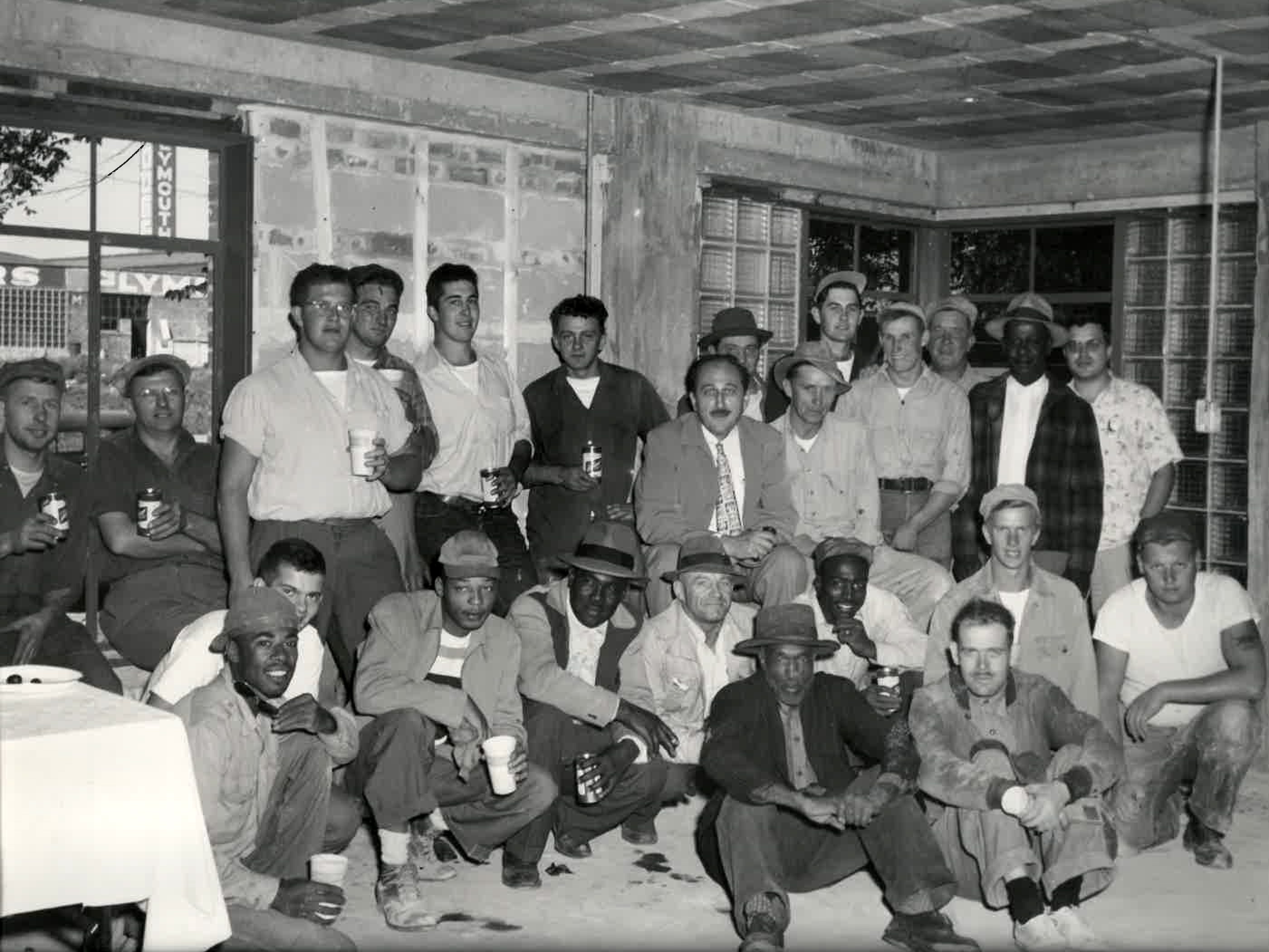
Missner: When I started, infill wasn’t even a term people used. Now it’s at the center of what we do—whether it’s ground-up or repositioning existing assets. Industrial land is harder to come by and entitlement takes more effort, especially close-in.
We’ve leaned heavily on our relationships to help us uncover opportunities, whether it’s land or a building with upside. With more institutional capital in the space, the pace and expectations have shifted, and we’ve evolved accordingly while staying grounded in how we assess and execute.
How do you see the Chicagoland area fitting into the larger national industrial landscape right now? Are you seeing trends here that mirror broader patterns—or diverge from them?
Missner: I’ll leave the national commentary to the big national platforms—we’re a local firm and that’s where our strength is. Chicago continues to prove itself as a resilient market with the right mix of infrastructure, labor and proximity to users. There’s still strong demand for well-located product—whether that’s older buildings with functional bones or new construction that fills a gap. Chicago’s infill industrial opportunities are complex but worth pursuing if you know how to work through them.
Can you share details about a recent industrial development that reflects how your team is catering to market demand today?
Missner: We’ve been active in the City of Chicago, both developing and acquiring industrial properties in locations where land and logistics matter. The city presents challenges—entitlements, community input and navigating incentives—but there’s still real opportunity if you know where to look.
We are actively building our third project in the Chicago Stockyards that fits the criteria—last-mile infill with high barriers for entry, but it’s well-positioned to be a functional, flexible space that meets the demands of today’s tenant. We’re focused on delivering modern buildings and repositioning existing assets to align with evolving market needs. That kind of mix is critical in a market like this.
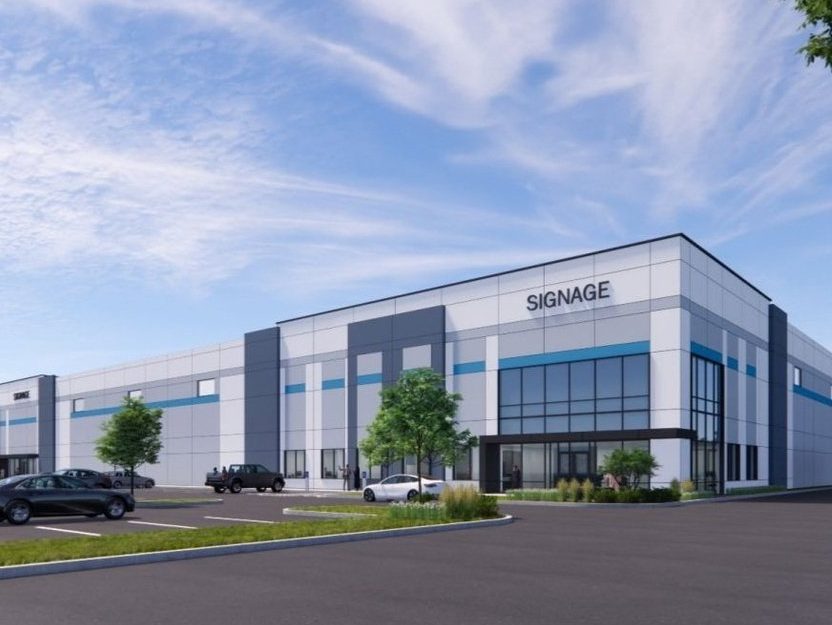
How much have tenant expectations shifted when it comes to sustainability, automation and flexibility—and how are those shifts shaping your industrial development strategy?
Missner: There’s definitely a lag among smaller tenants in adopting things like EV infrastructure or formal sustainability programs. Municipalities, especially Chicago, are pushing these requirements harder than the tenants are. That said, we’re seeing more requests around power—tenants need more electrical capacity than they used to, even for fairly basic operations. Whether it’s ground-up or a value-add project, we’re planning ahead so our buildings are ready as the market shifts.
What are some of the biggest challenges you’re facing right now? How are you navigating them?
Missner: Everything is a challenge right now—capital, entitlements, construction costs. Construction pricing hasn’t come back down—it’s settled into a new baseline that makes new development harder to underwrite. At the same time, the entitlement process is slower and more contentious than ever. Even when we’re repositioning an existing building, we’re still dealing with permit timelines and code upgrades. It all takes more time, more capital and more coordination.
READ ALSO: What Does Site Remediation for Industrial Use Entail?
Are there any particular asset types that you see gaining momentum?
Missner: We’re focused on infill and shallow bay industrial. The existing stock is aging, but rents are growing and demand is still strong. These users want proximity to their customers, flexible space and something functional—they’re not necessarily chasing the latest specs. The market overlooked this part of the sector for a while, but there’s still real opportunity in it, both in acquiring and upgrading existing buildings and developing new ones in strategic locations.

Looking toward the future, what role will TMG play in shaping the industrial sector in the Chicagoland area?
Missner: TMG isn’t trying to reshape the market—we’re just going to keep doing what we do. Whether it’s acquiring an existing building or developing from the ground up, we focus on projects where we can add value and solve for what the market needs.
I still have a lot of energy for this work, and we’ve got a strong team in place. As long as we stay focused on the right opportunities and keep our edge in Chicago, we’ll remain a steady presence.
What’s one piece of advice you’d give to firms looking to build a lasting presence in the construction industry?
Missner: Protect your reputation. Do what you say you’re going to do. Build relationships that matter. And be careful with leverage—this business has long cycles and staying power matters. A lot of people chase every trend. We’ve lasted because we stayed focused, were patient when we needed to be, and built a network we can trust.


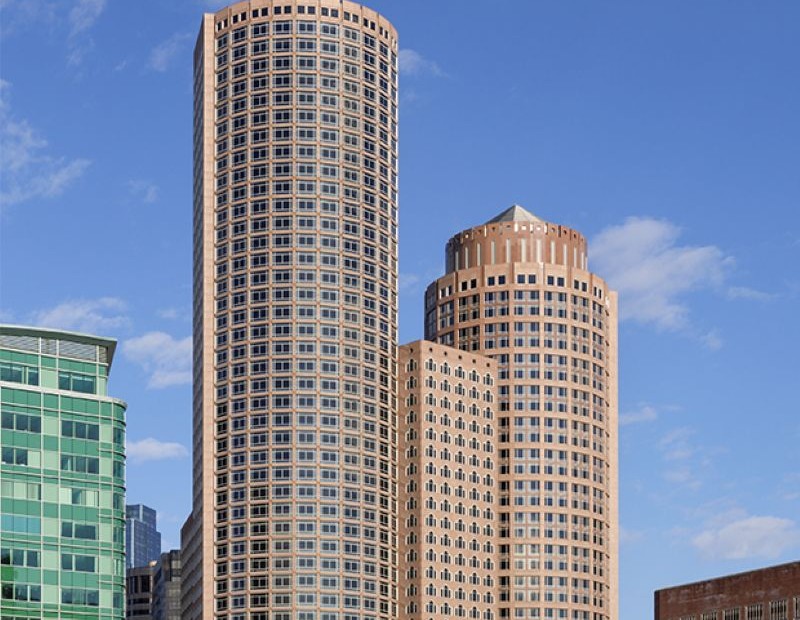
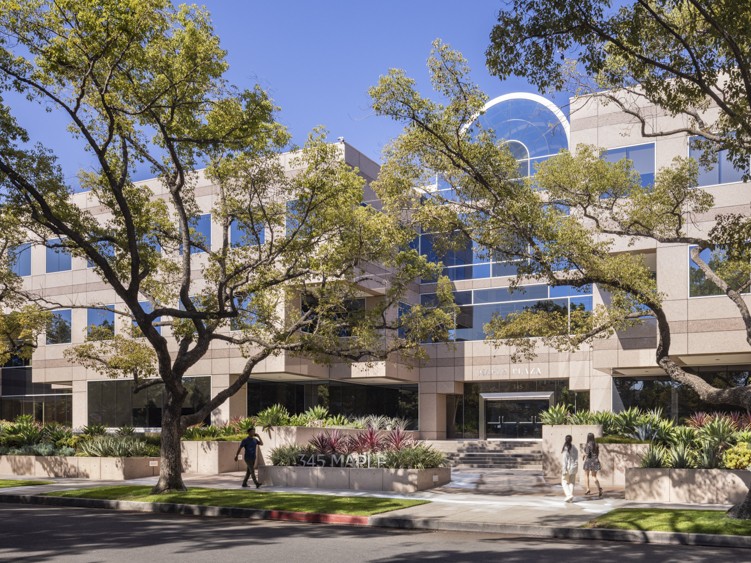
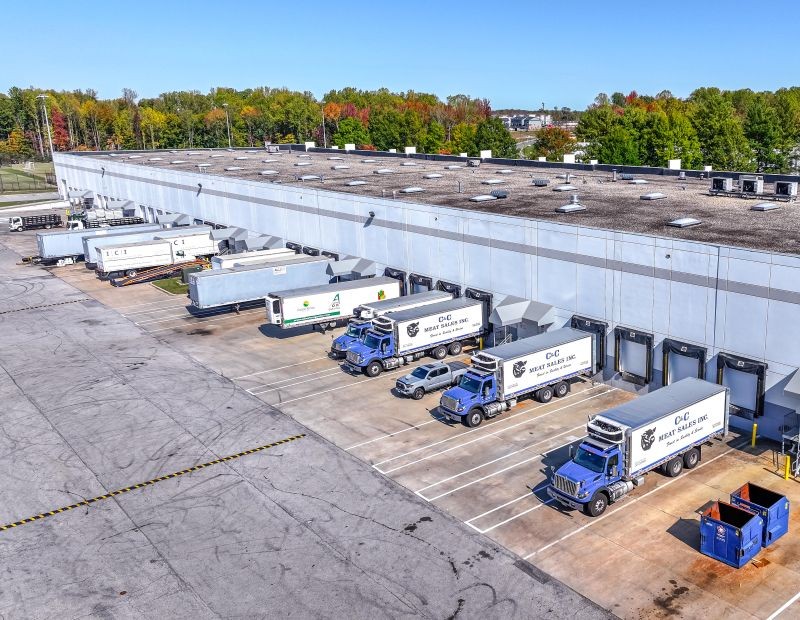
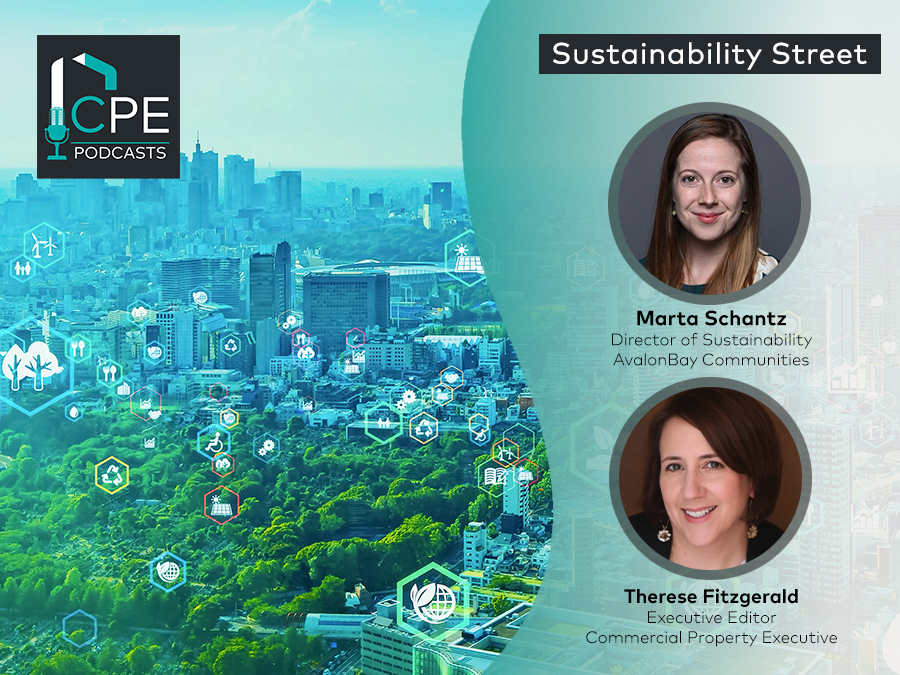
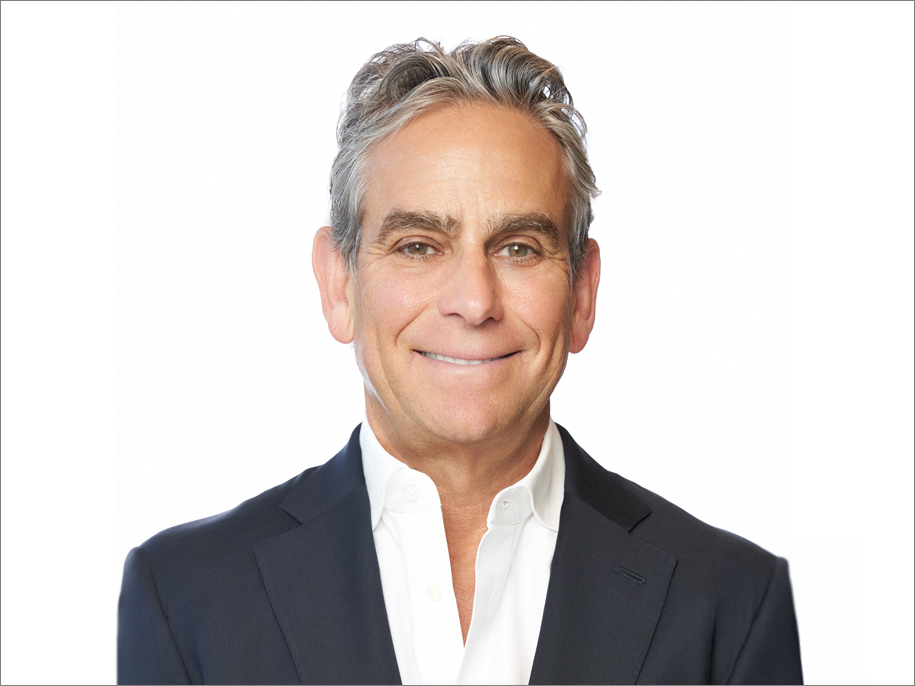
You must be logged in to post a comment.